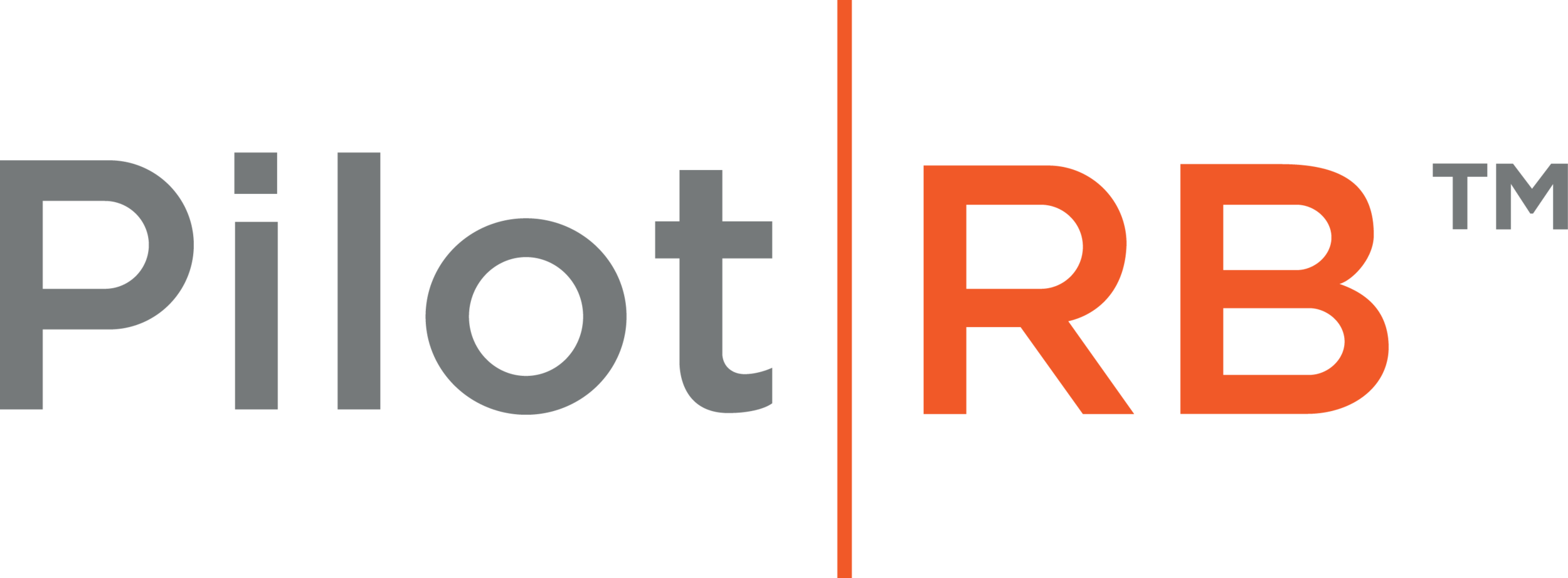Coping with Rising Health Care Premiums
Employers are not alone as they grapple with rising costs to offer health insurance to their workforce. Employees are also feeling the impact of insurance inflation. When open enrollment rolls around, and the monthly premiums are announced, how are the majority of employees responding?
Survey results reveal that employees are reporting downgrading their insurance plan elections in record numbers, from more expensive employer plans to the lower cost tiers. On top of that, a Nationwide Retirement Institute Health Care Cost in Retirement survey reported that more than 50% of those surveyed “lack confidence in their ability to pay for health care costs as they age.” Though lower premiums for plans with less robust benefits may help to increase take home pay in the short term, these plans largely offset premium costs with higher out of pocket expenses over the plan year. While the Affordable Care Act sets annual limits on the out of pocket costs a plan can charge, these figures are quite high - with the out of pocket cap on a plan offering single coverage at $9,450 for 2024, and the cap on family coverage at $18,900.
Even with premium savings from dropping to a ‘lower’ plan tier at open enrollment, the expenses employees will need to pay when they seek treatment can be steep. Employers can help ease the burden of these costs with health reimbursement arrangements (HRAs), or by offering tax advantages ways for employees to allocate salary contributions such as flexible spending accounts (FSAs). Many health care providers offer cost estimation tools on their websites to assist consumers that are in need of care.
Education about plan specifics can be a very useful tool for employees in conjunction with open enrollment. Employers should provide as much detail as possible so employees are not caught by surprise when electing lower premium plans, and should be prepared to address employees' questions once the new plan year begins.
